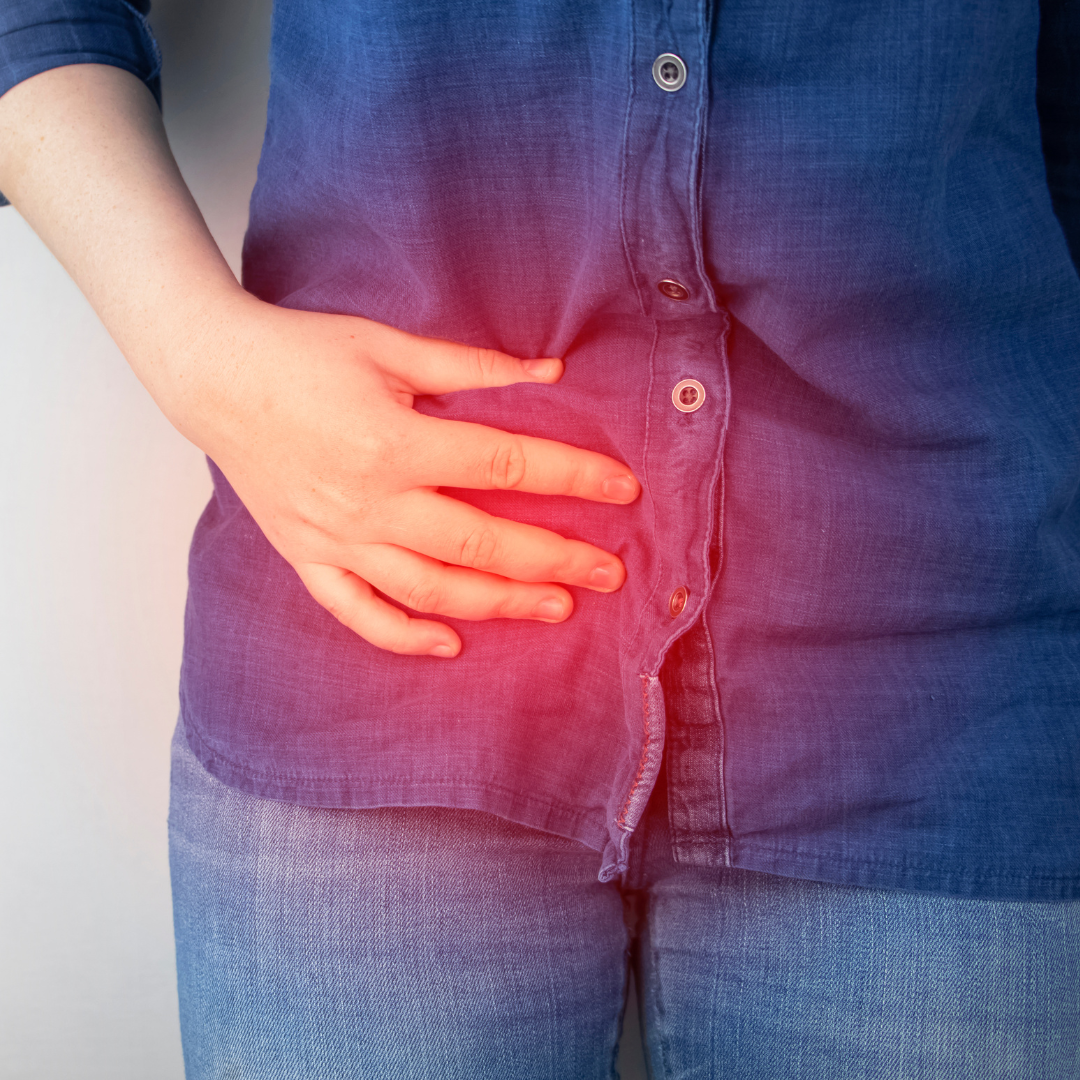Last Updated on April 17, 2023 by
Adenomyosis – have you heard of it? You may not have, but with around 1 in 10 women in the UK affected with adenomyosis, it’s good to brush up on your knowledge.
In this short blog, you can learn what adenomyosis is and how group exercise can safely assist with managing symptoms.
What is adenomyosis?
Adenomyosis is a condition in which the inner lining of the uterus (endometrium) breaks through the muscle wall of the uterus (myometrium).
The symptoms of adenomyosis include:
- Heavy and prolonged menstrual bleeding
- Pain in the lower abdomen or back
- Severe cramps during menstruation
- Pelvic pain between periods- Infertility
As many as 1 in 3 people with adenomyosis may have no symptoms at all. More information can be found on the Wellbeing of Women website here.
Are endometriosis and adenomyosis the same thing?
In short, no.
Endometriosis is a condition in which tissue similar to the lining of the uterus (endometrium) grows outside of it. This usually happens on other organs within the pelvis such as the ovaries.
Adenomyosis occurs when this tissue breaks through the muscle wall of the uterus. It is important to note that while endometriosis and adenomyosis share some similar symptoms, they are not the same condition.
You can learn more about endometriosis in our blog here.
Does exercise help with adenomyosis?
Being physically active can help with some of the symptoms of adenomyosis. For example, low to moderate-intensity exercise improves blood flow, which can help with pain and cramping. Regular exercise also improves mental well-being, and sleep patterns, and reduces fatigue.
How can fitness instructors support clients with adenomyosis?
If your class attendees disclose adenomyosis to you, here are some ways you can help:
- Have a conversation with them about how their symptoms impact their exercise routines. This will help you understand which modifications you can offer to assist their experience.
- Understand what adenomyosis is and how it may impact someone’s daily life (check out information links below).
- If you notice your clients in immediate discomfort during class, offer modifications and the option to rest until the cramping ends.
- Never be afraid to signpost people to lower-intensity classes which may assist them. Clients will remember you putting their health first and are likely to come back at a later date and/or recommend you to family and friends.
Ultimately, each person is different and will experience symptoms differently. As a group exercise instructor, your job is to make modifications which create a more positive experience for the individual. It all starts with a conversation.
Fitness instructors with adenomyosis
If you’re a fitness instructor with adenomyosis, you can still teach classes. However, it’s important to understand your limitations and listen to your body. You may wish to:
- Make exercise modifications for yourself
- Take frequent breaks
- Focus on lower-intensity classes.
It is also important for fitness instructors with adenomyosis to communicate their condition and any associated instructions to their class attendees. This may mean explaining during the warm-up why they will be taking extra breaks or providing modifications which might not always be typical in the class format.
Over to you!
With some reading and learning, your understanding of adenomyosis and exercise could help even more people in your classes. Use the links below to boost your understanding now!



